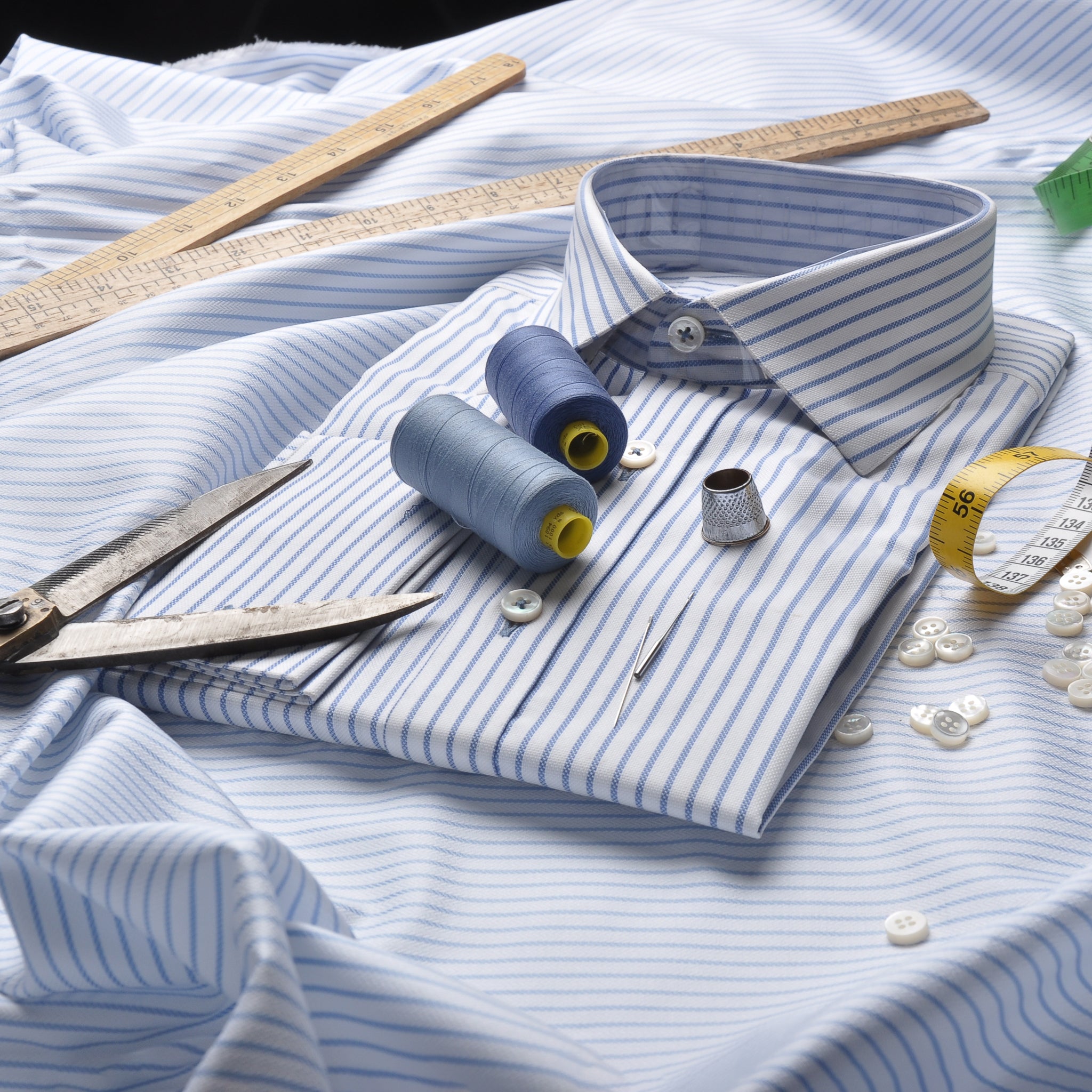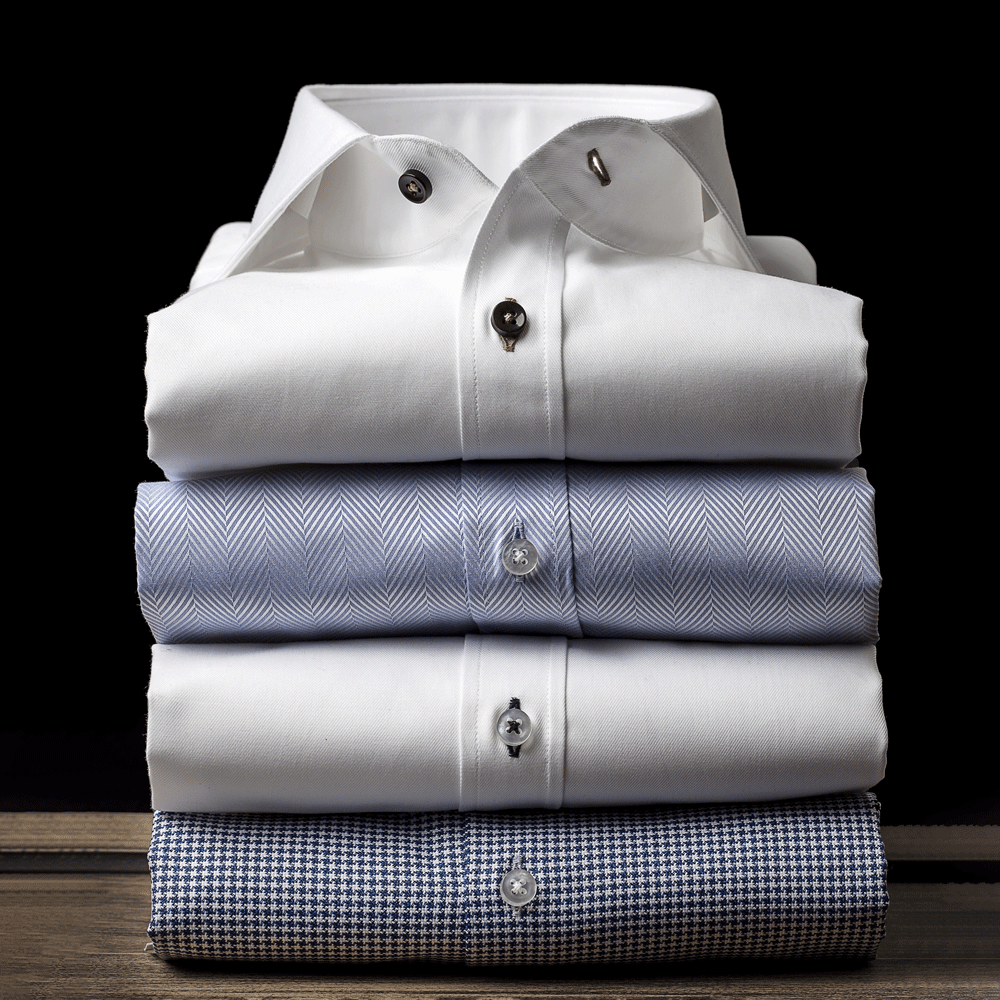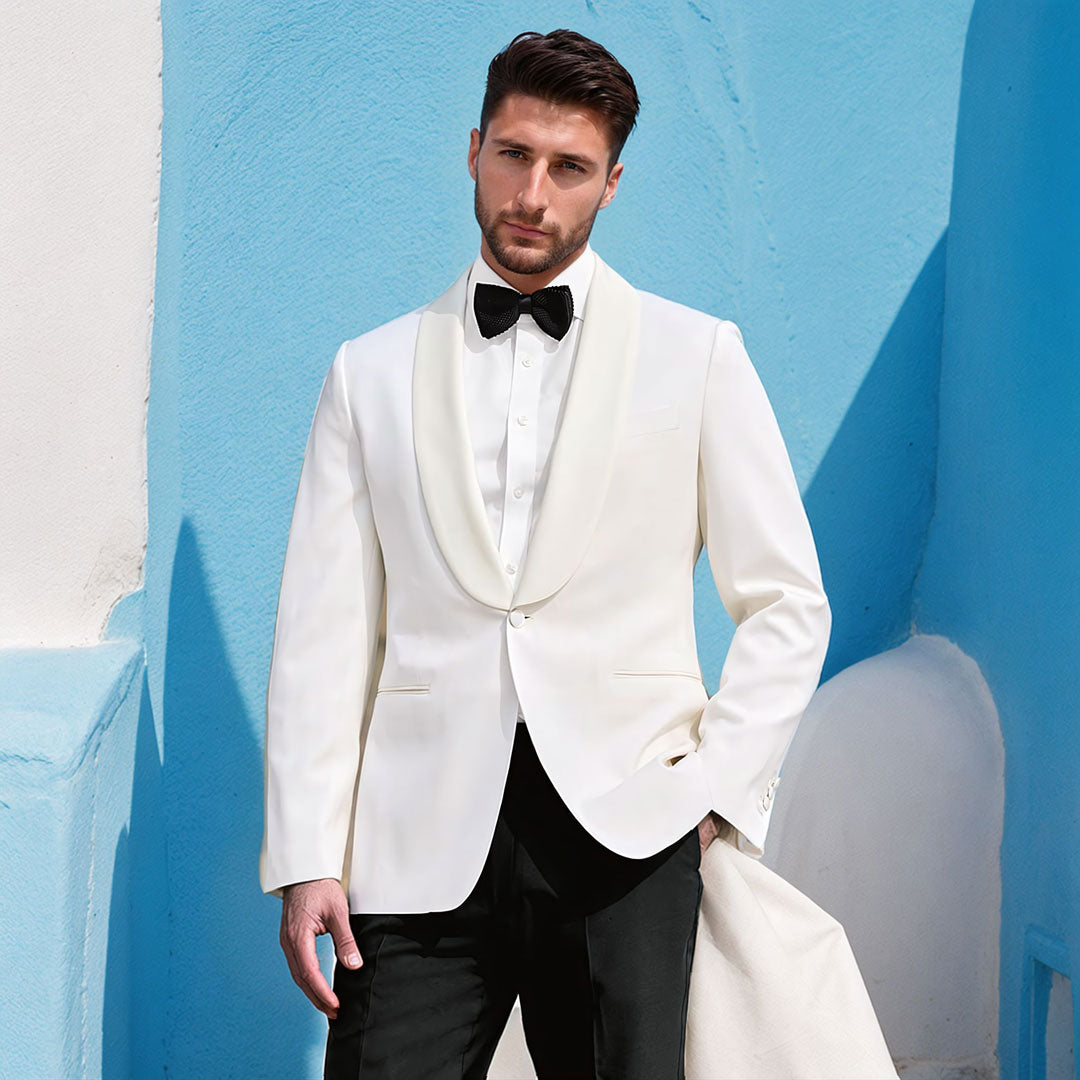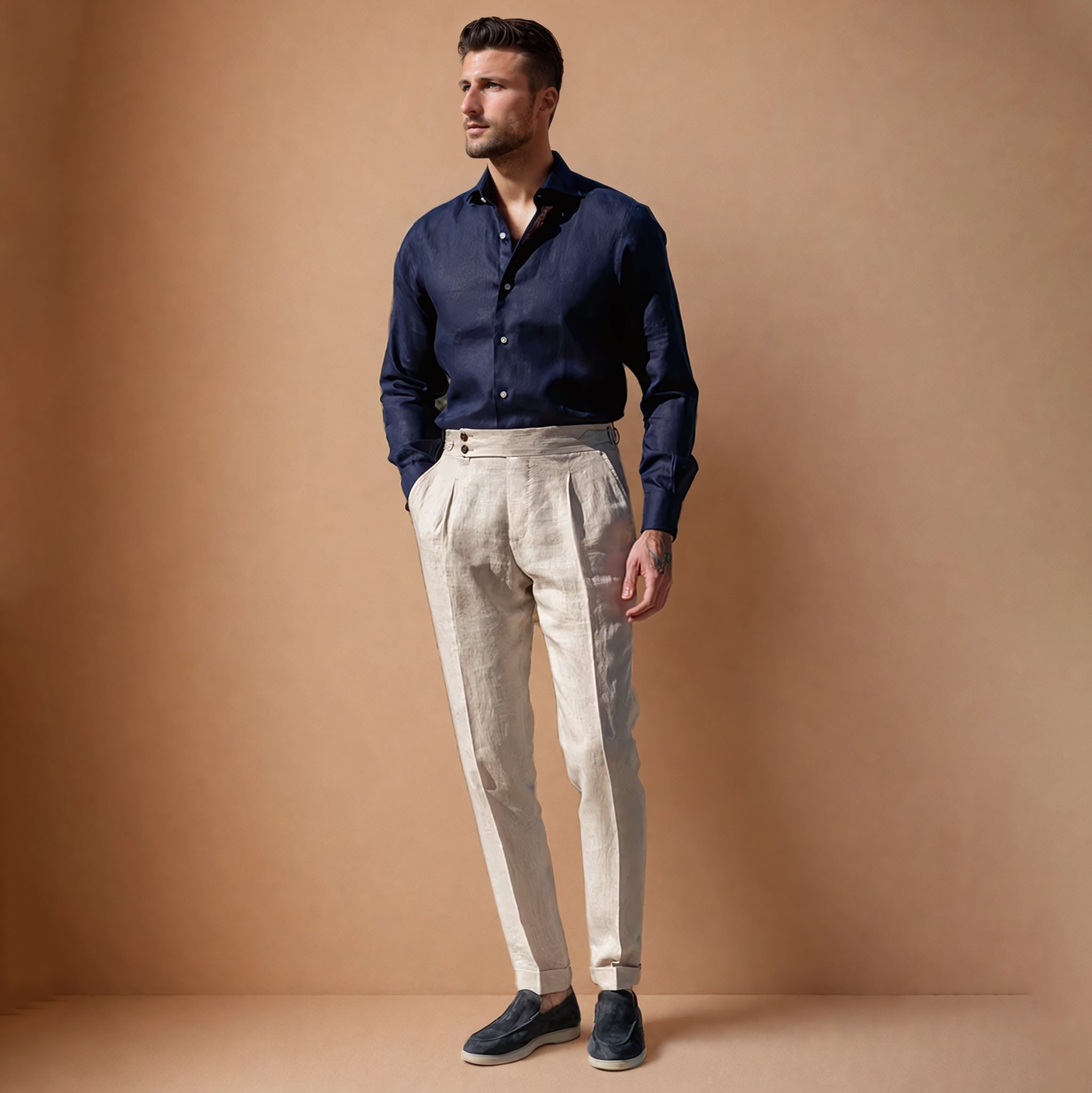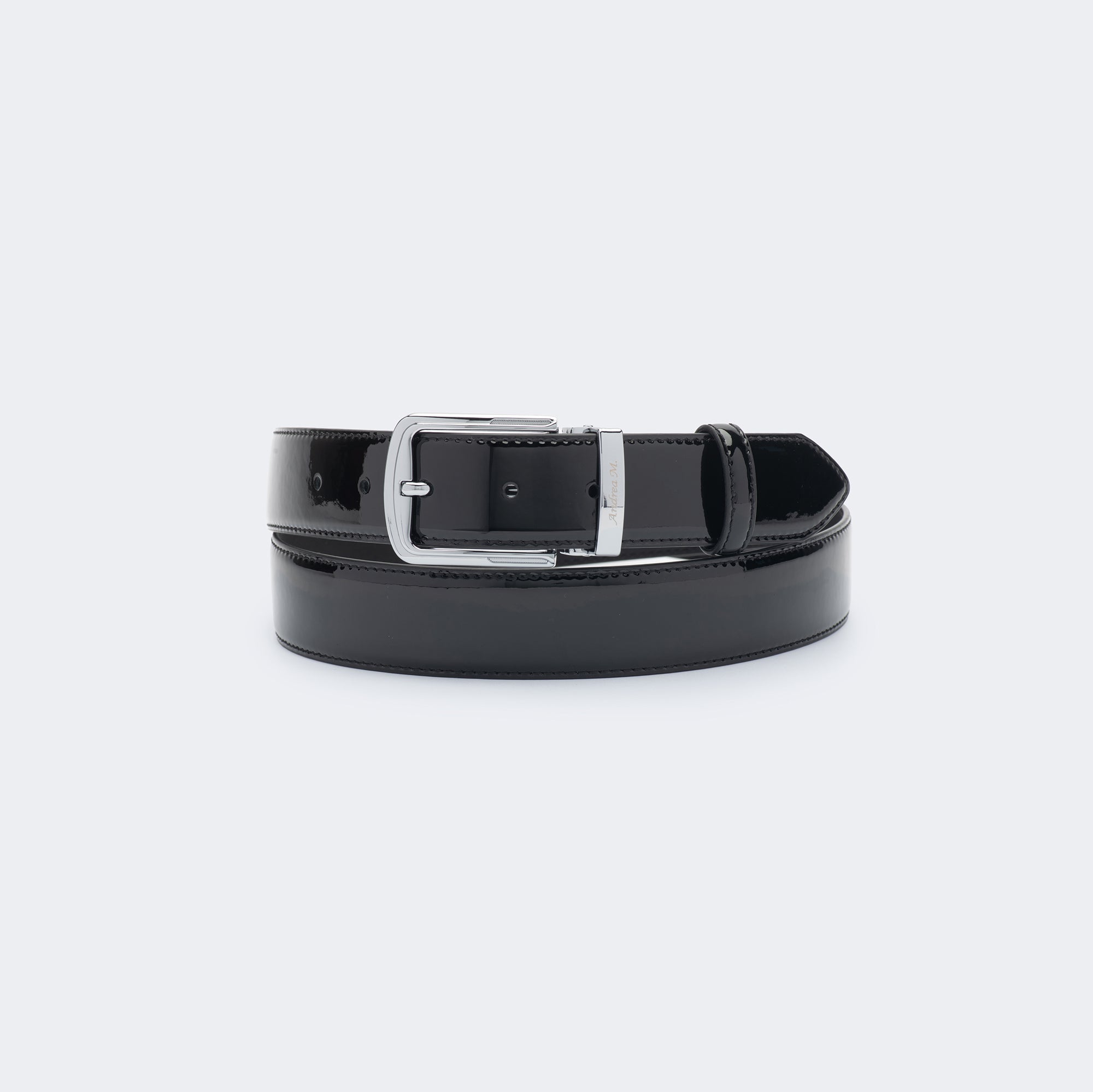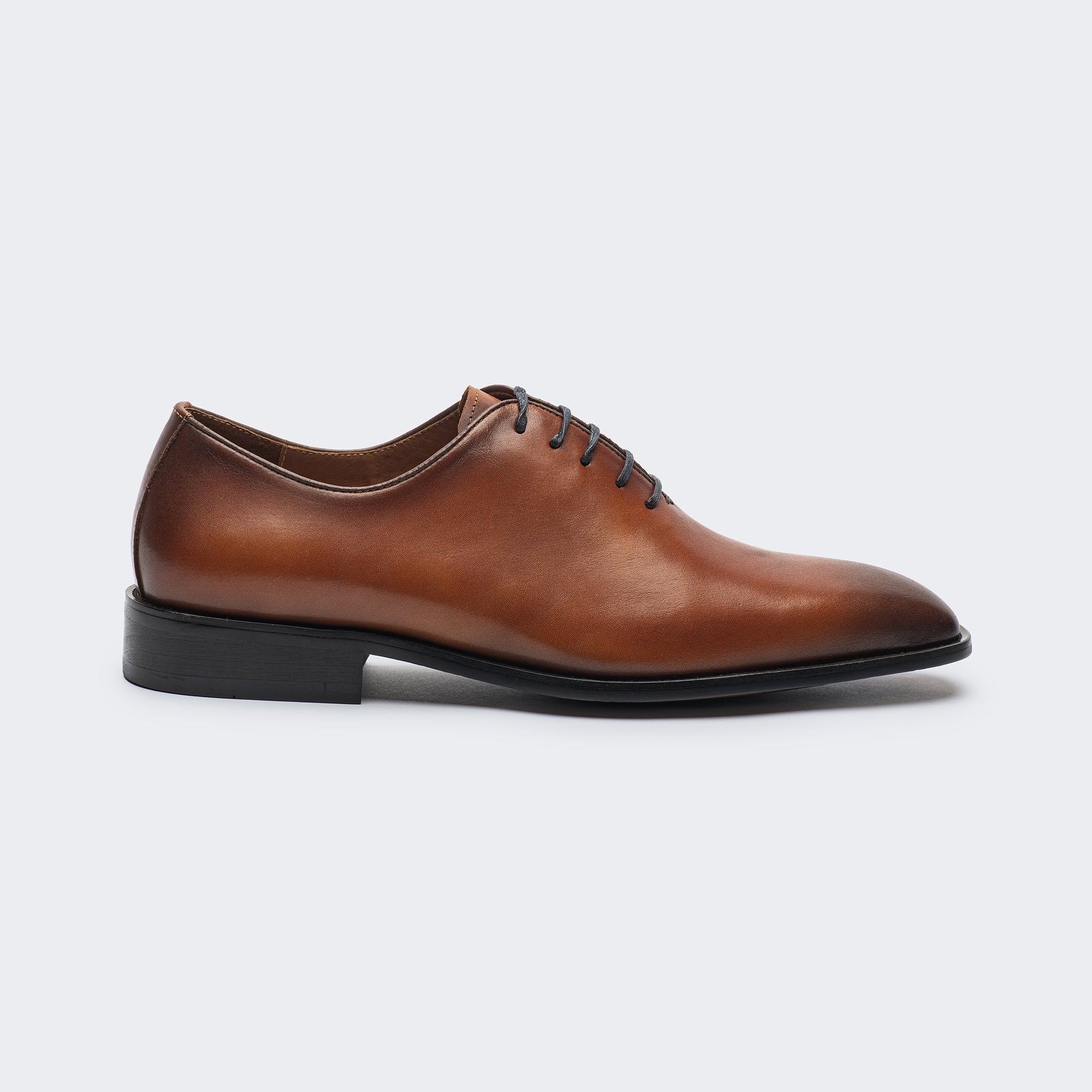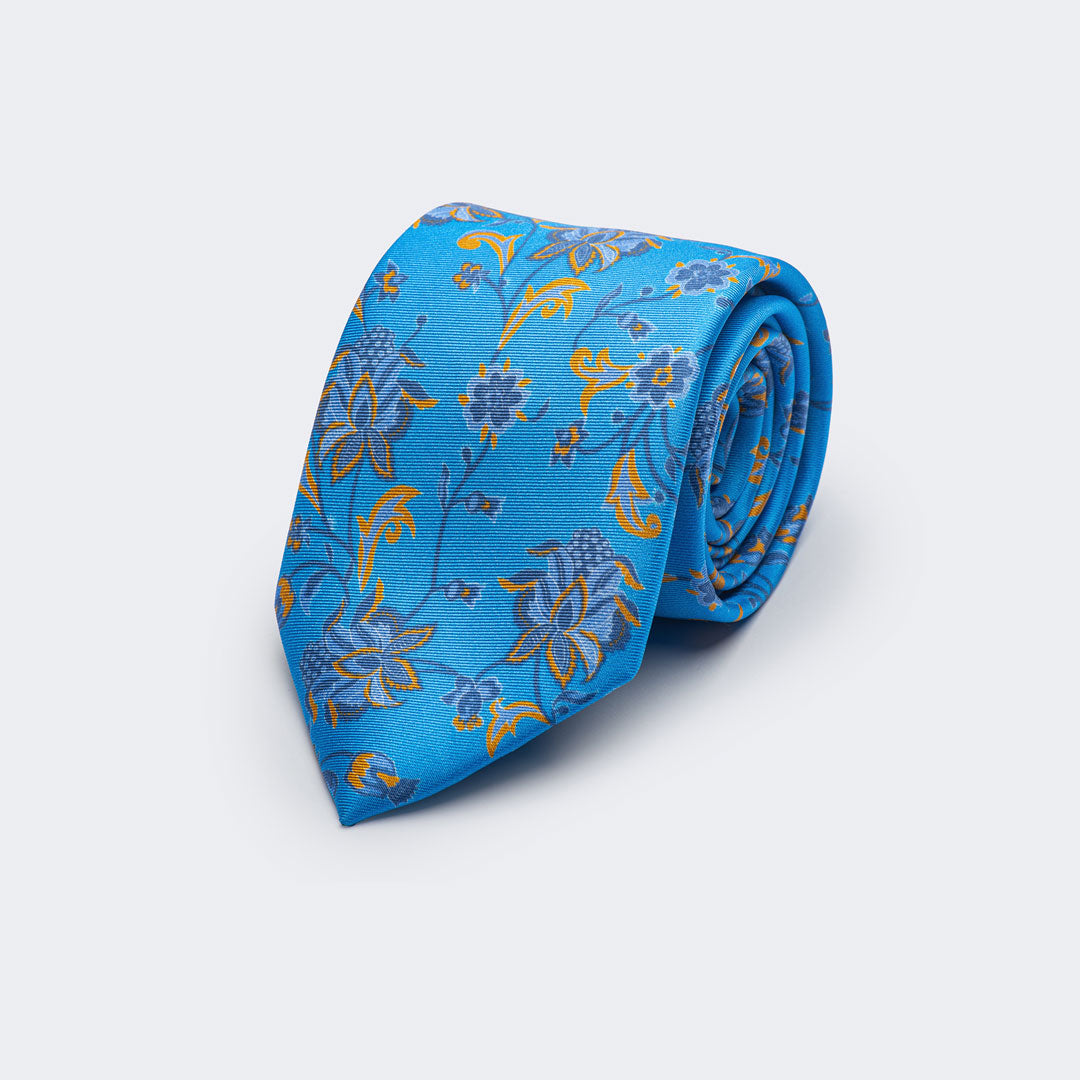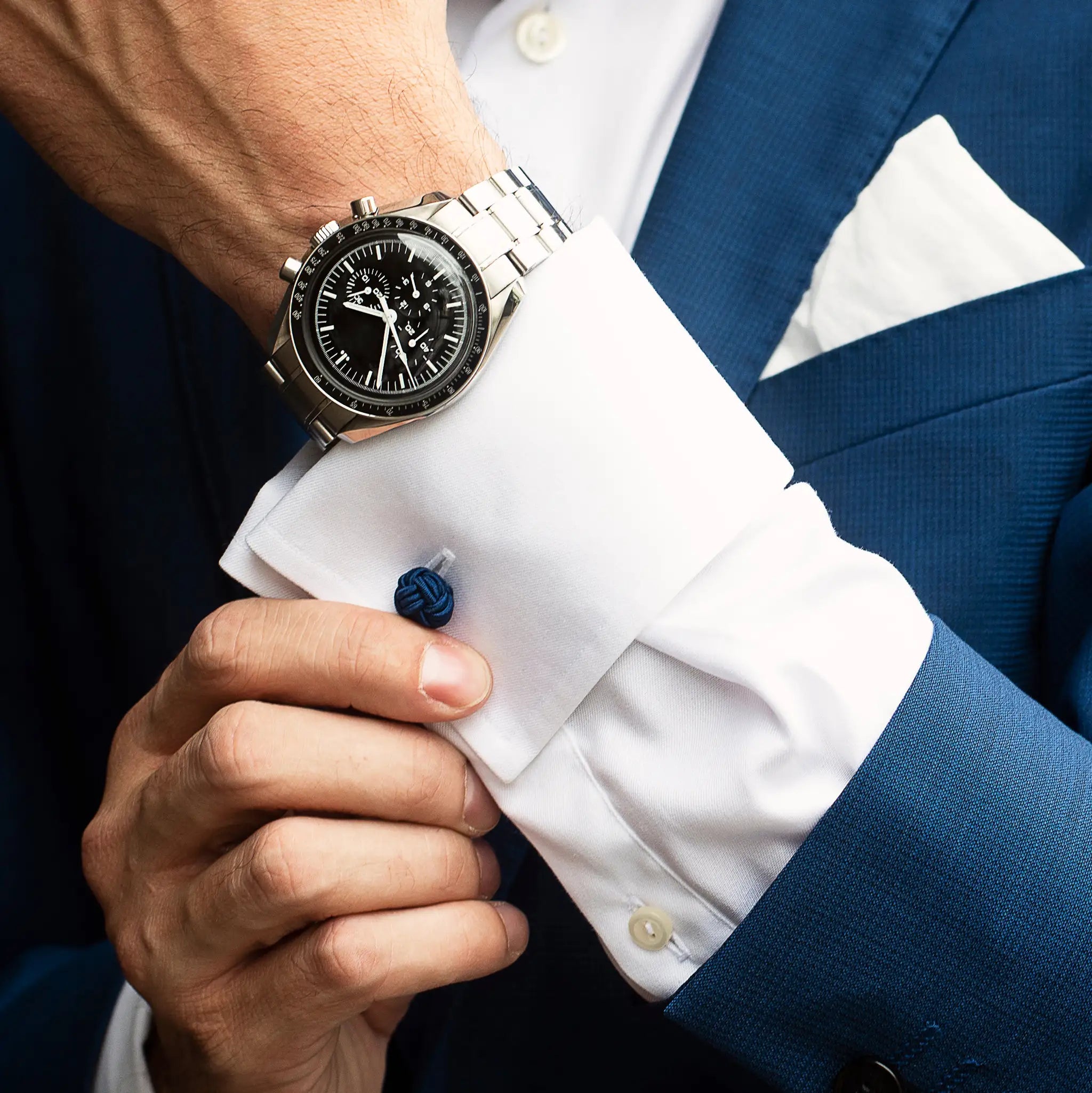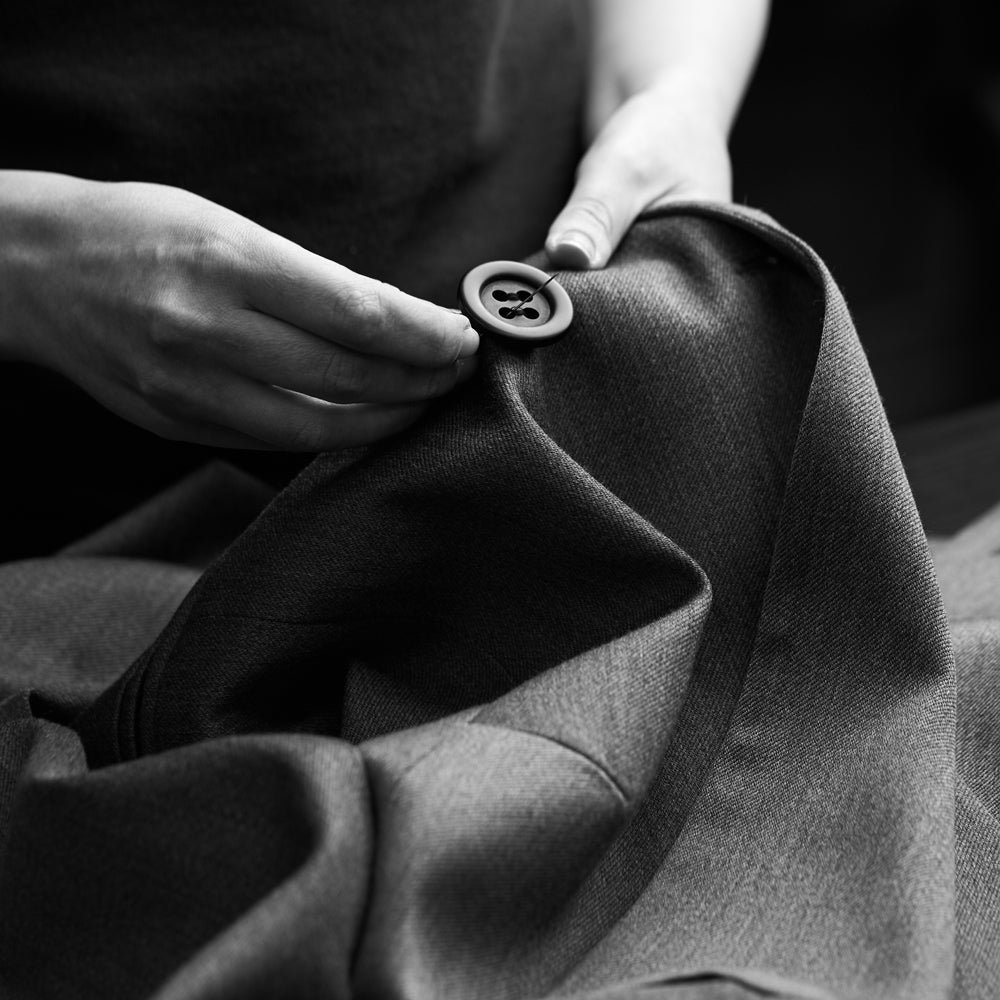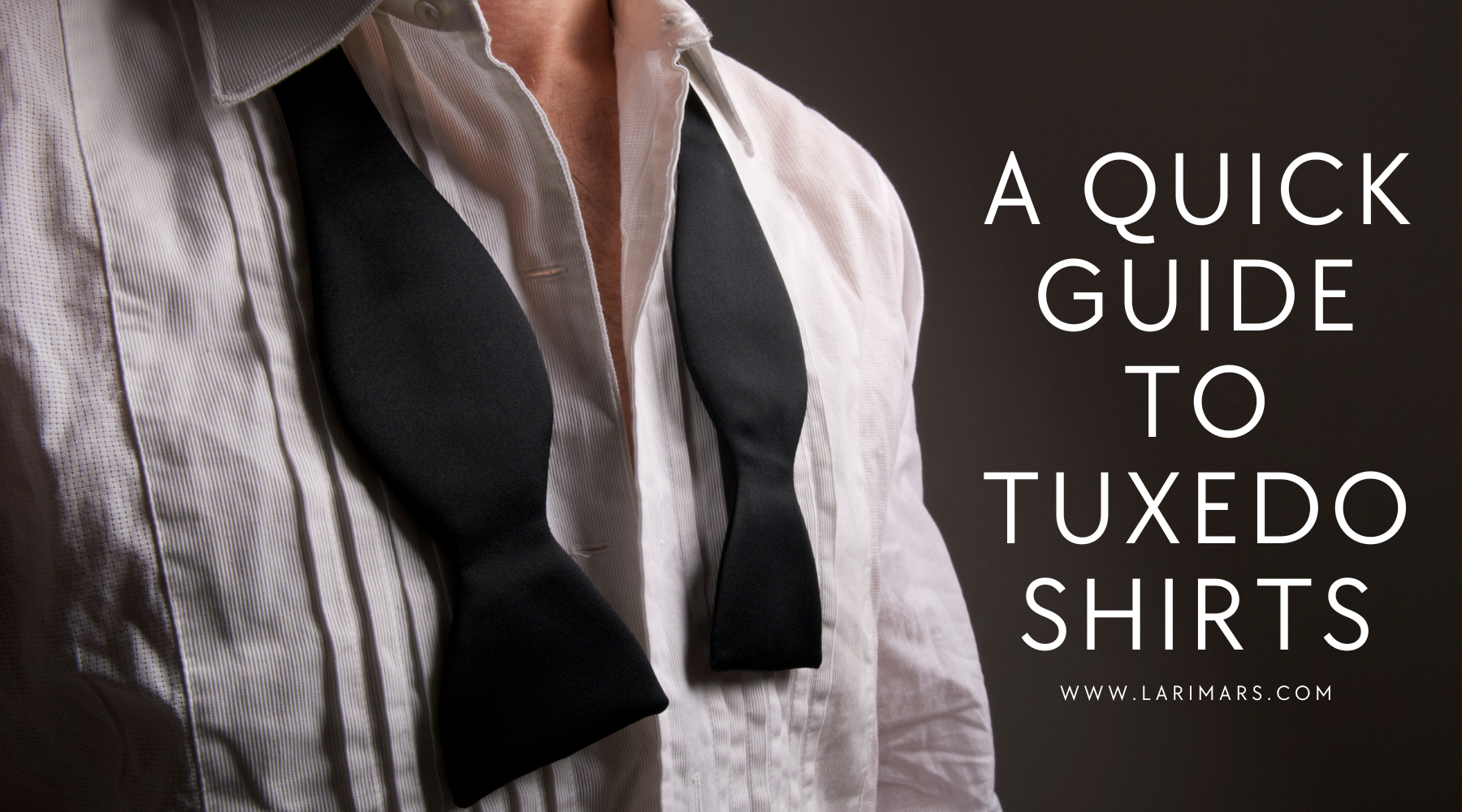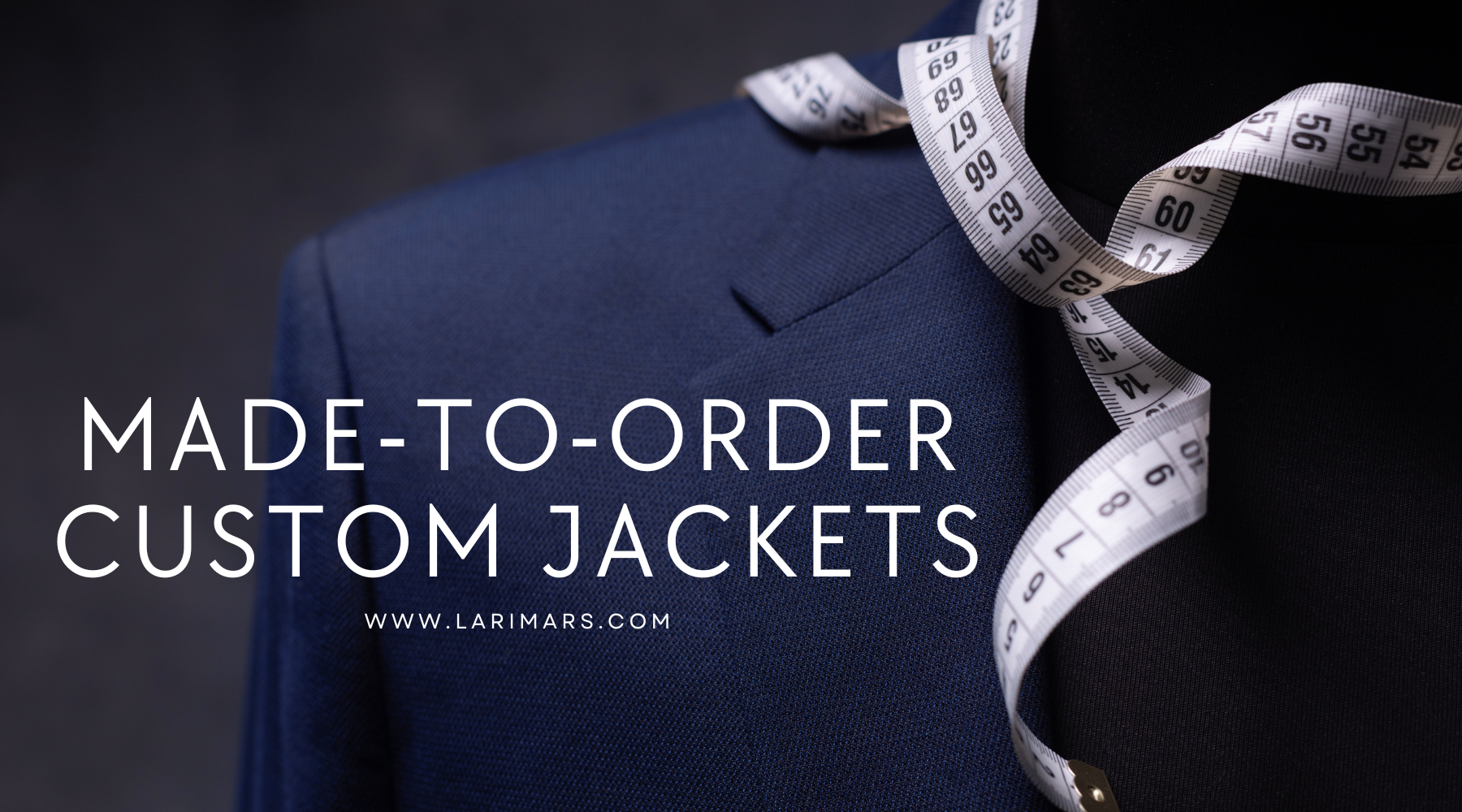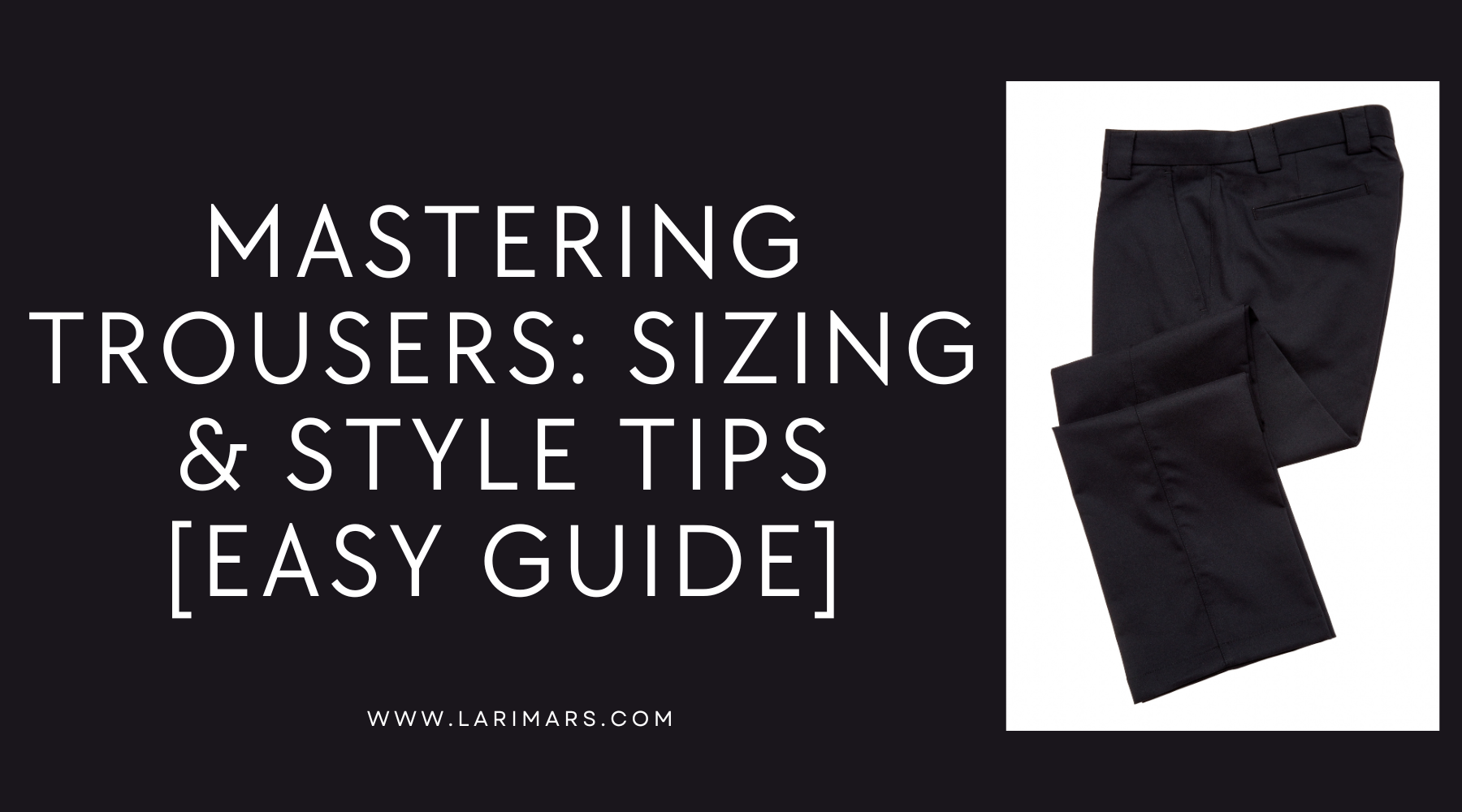
Mastering Trousers: Sizing & Style Tips [EASY GUIDE]
Known as slacks in America, trousers have been a part of history since the sixth century BC. First invented by Central Asian, Asian, and Persian horse riders, this bottom wear was designed to provide warmth and practicality on the horseback which robes couldn't provide.
Even though Greeks and Romans found this bottom clothing item ridiculous at that time, trousers soon gained immense popularity and were adopted by both sexes. The initial shape of trousers was a loose-fitting garment that closed at or near the ankle; however, in the 14th century, they were modified to tight bottom wear containing attached foot coverings.
Then at the beginning of the 15th century, trousers gained a billowy and voluminous shape that nipped at the ankle. It was not until the 19th century that the trousers got the design we see today.
Now in the 21st century, trousers have become an integral part of our wardrobes since they are not only comfortable but also quite hard-wearing. And thanks to the constantly updating fashion trends, trousers are now available in different styles, making them perfect for a wide range of occasions.
So if you are new to this wardrobe's workhorse, this article is for you. Here we are going to pen down everything about men's trousers including how they are different from other kinds of pants. Sizing and styling tips and mistakes to avoid while buying and wearing trousers. Just keep reading!
Trousers
A trouser is a piece of garment which covers our bodies from waist to ankle. All bottomwear does so, what's the difference? Well, it's the style and composition of trousers that set them apart from jeans, chinos, and other known types of pants.
Speaking precisely of their difference from chino pants as mentioned before, trousers have been on the horizon since the 6th century whereas chinos were invented in 1898 by American soldiers. However, the basic difference between trousers and chino pants is that the former might be made of wool, linen, cotton, silk, satin, or other synthetic materials whereas chinos are precisely made up of full cotton.
Due to being warm and thick, trousers are preferred for colder months of the year whereas chinos are preferred for summertime due to their high flexibility, breathability, and lightweight build. Chino pants are usually crafted with a classic, skinny, or slim cut which enables the wearer to look more refined and natural.
These features make chino pants perfect to wear on casual and smart casual occasions. On the other hand, trousers are available in both formal and informal designs which means you can wear them on all kinds of occasions - even to those serious black tie events.
|
Trousers |
Chinos |
Jeans |
|
|
Material |
Cotton, wool, silk, satin, hemp, linen |
Cotton twill |
Rough Denim |
|
Comfort |
Comfortable for year-round use |
Comfortable for warmer months |
Not as comfortable |
|
Durability |
Durable |
Not as durable |
Most durable |
|
Style |
Formal and semi-formal |
Casual and smart casual |
Casual |
|
Price |
Most expensive |
Most affordable |
Mediocre price point |
Tips To Find The Right Trousers
The market is flooding with different types of trousers, from drawstring to wool and slim fit trousers. To find one that meets exactly your comfort level and style preferences, read the tips given below;
Finding the right size
Mostly, the sizing dimensions of off-the-rack men's trousers are represented by two numbers, separated by a dash such as 34"-30". The first number indicates the waist size whereas the second numeral indicates the inseam. So, to buy a right-sized off-the-rack trouser, you need to get accurate measurements of these two aspects.
An ideally good-fitting trouser is one that drapes cleanly and flat across your legs, without pooling or pulling, with the pockets laying flat. To find such good-fitting trousers, here are some aspects you should pay attention to;
Waist
Remember that, unlike jeans, a pair of trousers should sit comfortably on your waistline, not on your hips. So measure your natural waist with a soft cloth measurement tape and leave room for one finger to ensure that your trousers won't feel too tight while sitting. A good fitted trouser keeps your shirt from getting untucked, even without a belt.
Length
The length of your trousers is all about your styling preferences but mostly it's preferred to keep it long enough that the back of your trousers should overlap the top of your shoes by a half inch. If you have a short stature, you better go with no break so you can get a streamlined look whereas for those with long stature, a good break will accentuate your personality.
Likewise, all tall guys should buy trousers slightly shorter and vice versa to create a well-balanced look. The nature of occasion also plays a vital role in determining the right length of trousers. For example, formal trousers should reach your shoes whereas casual trousers could be styled as per your preferred way and length.
Inseams
To get inseam measurements, place one end of the measuring tape on the inside of your thigh, right beside the crotch, and take it down to the heel. Make sure you are standing barefoot while taking inseam measurements and that your knees are firmly straight.
Thighs
This is the point where a lot of guys make mistakes by getting snug-fit trousers from thighs. In our opinion, your trousers should be loose enough from the thighs that you won't have to endure any pulling or wrinkling while sitting. This won't only enable you to move comfortably but also extend the service life of your bottom.
In case you can't find your absolute size in the offered ready-to-wear trousers, you can get a tailor to make alterations to the trousers to make it of your size. Some stores also offered to make in-house adjustments so take advantage of this opportunity. However, keep in mind that these alterations can be made to a specific limit. For example, you can only make your trousers shorter, adjust the waist, or tighten your trousers from the thighs.
Choosing the right fabric
Depending upon the way you intend to use your trousers, select the fabric type. For example, if you want flattering and dressy trousers to pair with a formal blazer or suit, get your trousers in worsted wool. On the other hand, get a trouser in wool flannel to style your slack traditionally.
Likewise, cotton twill trousers are good for everyday leisure wear since they are cheap, lightweight, simple, and sturdy whereas corduroy trousers are a softer alternative to cotton trousers and are also good to style for casual outings or running daily errands.
However, the thing which matters the most here is the weather. For warmer regions, you should pick a trouser that contains a lightweight and breathable fabric such as linen or cotton whereas for warmer regions, get yourself a warm, heavier weighted trouser like in wool.
Construction quality
The thing which makes the biggest difference is the construction quality of your trousers. For example, a premium quality trouser, due to being made with expert craftsmanship and finest materials, tends to last longest and look best.
Not only this but such high-end trousers also offer the most flattering fit as they are tailored with more precision. So whether you buy a trouser for a special occasion or everyday use, it's always great to invest in a premium-grade option.
Comfort level
Since you are going to wear your trousers all day, they must feel soft against your skin and don't limit your movement. Thus, to make sure that your trousers are the comfiest piece of garment you own, focus on a few things.
For example, the waistband is neither too tight nor too loose or the fabric is not causing rash or any sort of irritation on wearing for long hours. All in all, get the right fabric and perfect fit to stay comfortable all day long.
Do's And Don'ts Of Styling Trousers
- Even though black is a super versatile color, don't just stick with it and choose trousers based on your collection of ties and suits.
- To style overweight trousers, get a pair of quality leather boots as sneakers or shoes won't justify it. Also, pair it with a quality leather belt of appropriate width to tie the entire look.
- If you have an athletic body type, don't go with baggy or skinny trousers. Rather pick a straight-leg trouser that sits comfortably on your natural waistline.
- Neutral shades are quite easy to mix and match, making a perfect choice for beginners. So stock up on navy, gray, or beige trousers first.
- Don't be afraid of playing with texture. Pair cotton trousers with leather boots or wool trousers with denim jackets to add flair to your attire.
- Slim-fit trousers are relatively easier to dress up and down so consider having at least one slim-fit trouser in your closet.
- Don't do too much as a beginner and play safe by sticking to classic styles.
FAQs
Q1:Are trousers casual or formal?
Depending upon the fabric type and fit style, trousers are considered both formal and casual.
Q2:What is the difference between pants and trousers?
Trousers and pants are two different names of the same thing and refer to a piece of garment that is worn on the lower body. The term pants is mainly used in American English whereas Trousers is used in British English.
Q3:How high should trousers be?
Unlike jeans, trousers are not meant to hang low on your hips but they should sit on your natural waistline. The higher you tie your trousers, the taller you'll look.
